

James Wong
1 Month Ago

Marketplace Editor
The next-generation Hyundai Kona crossover has been revealed, ahead of an initial Australian rollout commencing from mid-2023.
Further details will be revealed in the coming months, both for international versions and Australia-bound models, but CarExpert understands that the brand will stagger the rollout of the Kona range as with the original.
Petrol, hybrid and EV versions are all on the cards for Australia.
Should the Hybrid (HEV) come here, it’s a big win for Hyundai Australia given the first-generation Kona Hybrid never made it to local showrooms due to its European production.
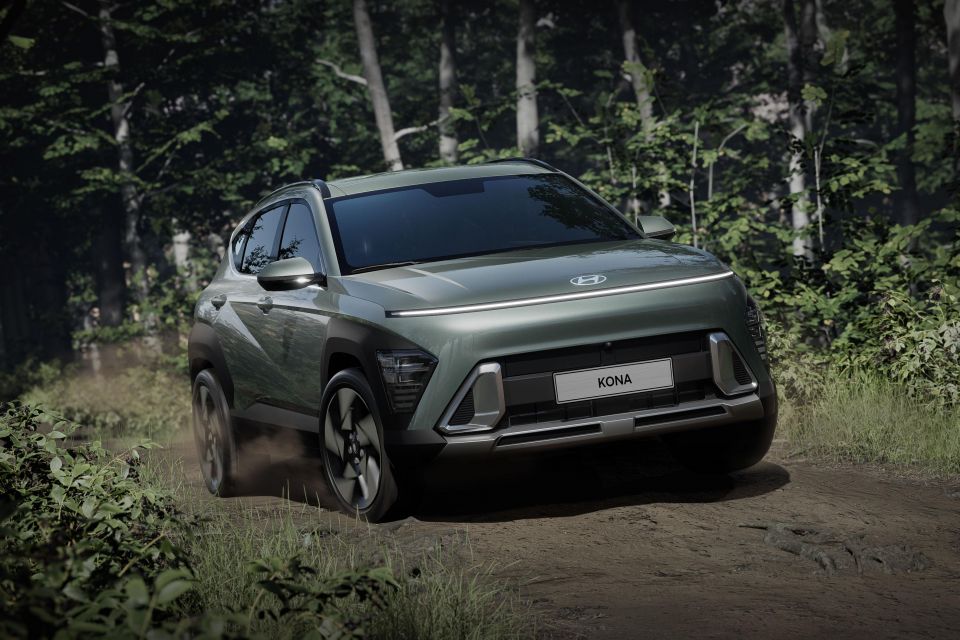
Elsewhere in the range expect updated versions of existing powertrains, which in Australia currently include 2.0-litre naturally-aspirated petrol, 1.6-litre turbo petrol (N Line) and single-motor EV options. The HEV will likely use the same 1.6-litre drivetrain as the Kia Niro HEV.
As previewed by recent spy images, the new Kona’s design is quite a step away from the first generation, drawing inspiration from the smaller Bayon offered overseas, and it’s grown to the point where it’s similarly sized to the related Kia Seltos.
Hyundai said it started with the EV model’s design, and then adapted it for the ICE, HEV and sporty N Line versions. All versions run on a “universal architecture”.
The technology-led design – as Hyundai calls it – sees the Kona take a robotic-like aesthetic with a prominent LED light bars front and rear, while the interior aims to maximise “living space” – measuring 4355mm long, the Kona is 150mm longer than before while also 25mm wider (1825mm) and 60mm longer (2660mm) in the wheelbase.

For reference, a Kia Seltos is 4385mm long, 1800mm wide, and up to 1635mm tall, with a 2630mm wheelbase.
Said LED light bars are what Hyundai calls a Seamless Horizon Lamp, which in the EV version is pixelated which apparently “adds to the EV’s distinctive character”. As with the original, there’s sculpted wheel arch cladding, as well as split headlight and tail light designs.
Between powertrain variants there are various styling differences; Kona EV models get pixel graphic details and pixel-inspired 19-inch alloys; ICE and HEV versions have a more rugged look with SUV-style bumper and skid plate designs as well as black cladding; while the N Line gets optional two-tone black roof and mirror finishes, as well as a more aggressive designs, and twin mufflers at the rear.
Inside, the new Kona’s “living space” takes inspiration from other Hyundai EVs like the Ioniq 5, incorporating an open plan concept and a driver-oriented dashboard layout that includes dual 12.3-inch widescreen displays.
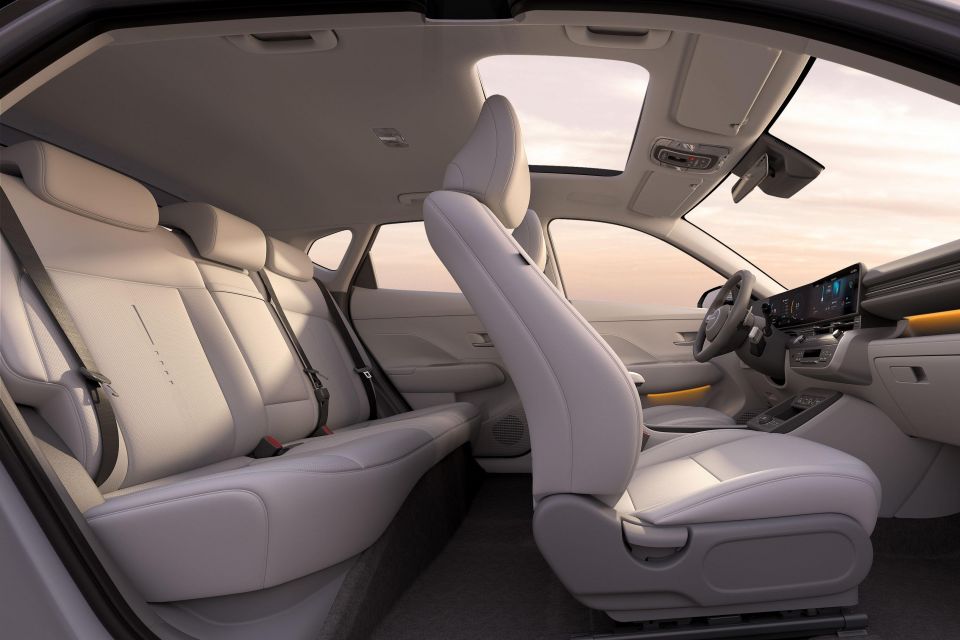
There’s a “floating horizontal C-Pad” to emphasise the “slim and wide interior”, while ambient lighting and a column-type shift-by-wire drive selector opens up storage space in the centre console.
Hyundai says the second row and boot are designed for “maximum” usability and cargo space, with the former offering a “Curve-less” design.
Just from the images and quoted dimensions alone, the new Kona should bring welcome improvements to second-row passenger space and cargo-carrying practicality, given the first-gen model was one of the more compact vehicles in its class.
Further details of the new Hyundai Kona family will be detailed in the “coming months”, with the Korean brand potentially planning a full reveal at a motor show in the early stages of 2023.
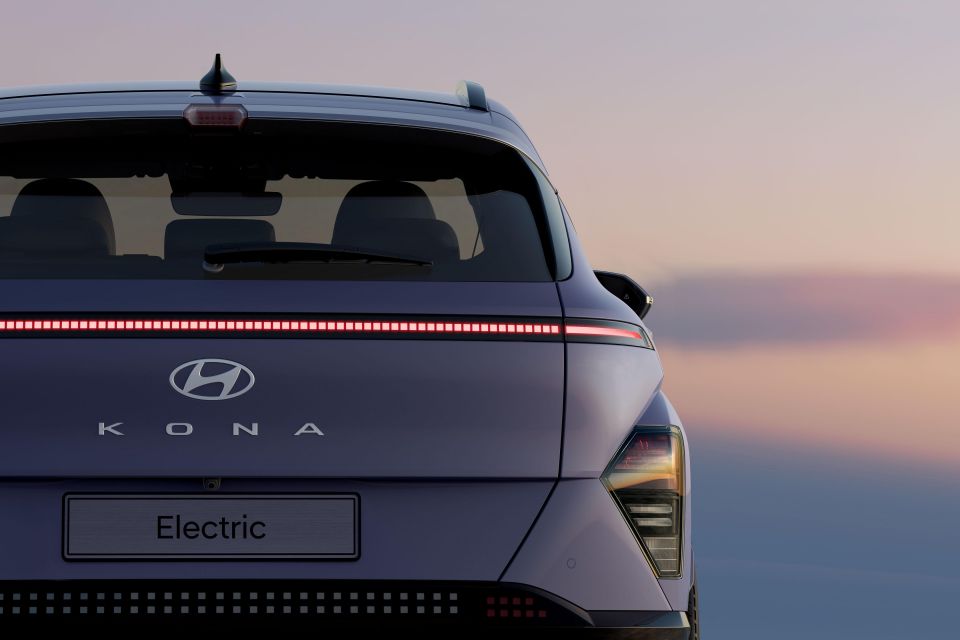
While the Kona was originally revealed with a big focus on Europe, the Seoul Mobility Show – formerly known as the Seoul Motor Show – is currently pencilled in to run from 30 March to 9 April 2023. A home reveal seems fitting for what could be one of the brand’s new most popular models in the South Korean market, if the new Kia Niro is anything to go by.
Otherwise, the Brussels Autosalon – which in 2023 celebrates its 100th birthday – from 14 to 22 January is another possibility, given it’s also the launchpad for The Car of the Year 2023; also known as world car of the year.
Stay tuned to CarExpert for all the latest, and let us know your thoughts in the comments.
MORE: Everything Hyundai Kona

Take advantage of Australia's BIGGEST new car website to find a great deal on a Hyundai Kona.
James is an automotive journalist based in Melbourne, Australia. Before joining CarExpert.com.au in 2020, James has worked at leading auto media outlets including Carsales and CarAdvice, as well as at Pulse agency for Ford Australia's communications team. In 2019 James made Mumbrella's 'Top 20 most prolific web authors in Australia' list after publishing 1,360 articles between March 1, 2018 and February 28, 2019 for CarAdvice. James is also an Ambassador for Drive Against Depression – an Australian charity whose mission is to support mental wellness through the freedom of driving and a shared love of cars.


James Wong
1 Month Ago
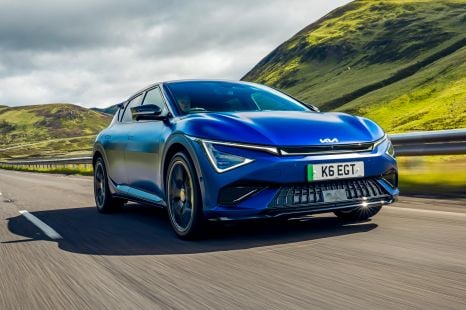

Matt Robinson
25 Days Ago
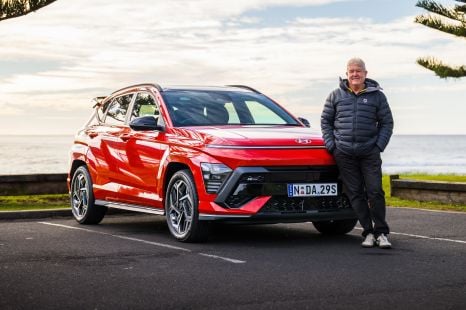

Anthony Crawford
20 Days Ago
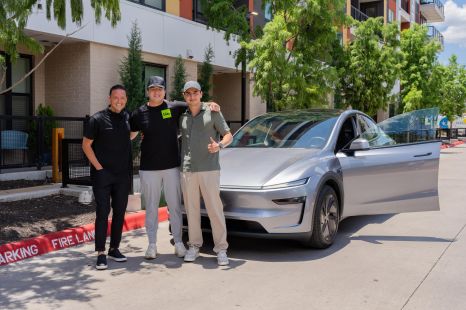

Damion Smy
14 Days Ago
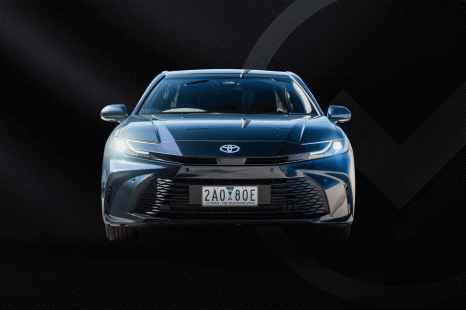

CarExpert
13 Days Ago


William Stopford
13 Days Ago